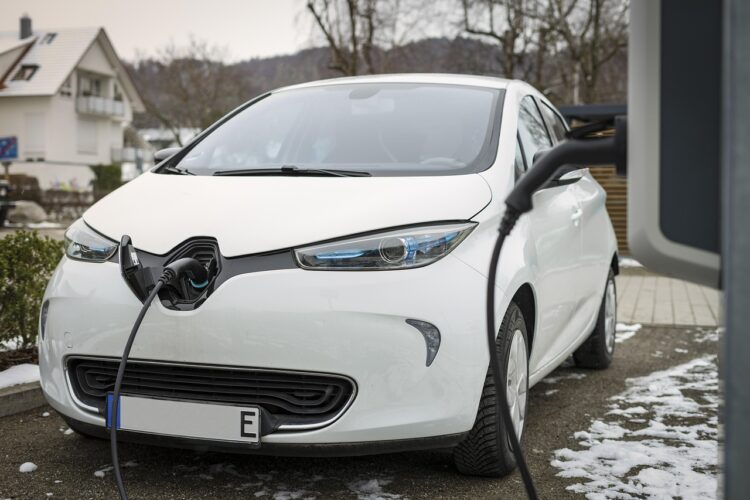Innovations in Eco-Friendly Construction: Transforming Urban Landscapes
The construction sector stands at the cusp of a revolutionary shift, driven by growing environmental concerns and the urgent need for sustainability. Innovations in eco-friendly construction are redefining urban landscapes, introducing greener ways to build and live. This article dives deep into the latest trends in sustainable building, addressing common questions and highlighting the transformative impact on urban environments.
What is Eco-Friendly Construction?
Eco-friendly construction, also known as green building or sustainable construction, involves the use of processes and materials that are environmentally responsible and resource-efficient throughout a building’s life-cycle. From planning to design, construction, operation, maintenance, and renovation, eco-friendly construction aims at reducing the environmental impact.
Why is Eco-Friendly Construction Important?
As urban populations grow, the impact of construction on the environment intensifies. Buildings are significant contributors to carbon emissions, and traditional construction methods deplete finite resources and damage ecosystems. Sustainable construction mitigates these impacts by minimizing resource consumption and pollution, thus playing a pivotal role in combating climate change.
Key Benefits of Sustainable Building
- Reduced Environmental Impact: Sustainable buildings utilize materials and technologies that lessen their dependence on fossil fuels, thereby reducing their carbon footprint.
- Enhanced Energy Efficiency: Highly effective insulations and innovative energy systems reduce the amount of energy required for heating, cooling, and electricity.
- Better Indoor Environment Quality: Use of non-toxic materials and improved indoor air quality systems contribute to the health and well-being of occupants.
- Increased Property Value: As demand for sustainable buildings grows, properties designed with eco-friendly features often enjoy higher market values.
Innovative Materials in Eco-Friendly Construction
Advancements in materials science have led to the development of new, sustainable building materials. These materials not only minimize environmental degradation but also enhance the efficiency and aesthetics of buildings.
Some Notable Sustainable Building Materials Include:
- Bamboo: Known for its robustness and rapid growth, bamboo is a popular, sustainable alternative to traditional hardwood.
- Recycled Plastic: Turning plastic waste into construction material helps reduce landfill and can be used in creating components like bricks and panels.
- Rammed Earth: A technique that uses natural raw materials such as earth, chalk, lime, or gravel. It is not only sustainable but also cost-effective.
Technological Innovations in Sustainable Construction
Technology plays a crucial role in enhancing the sustainability of construction practices. Modern tech innovations help streamline building processes, reduce waste, and increase efficiency.
Examples of Technology Aiding Eco-Friendly Construction Include:
- Building Information Modeling (BIM): BIM supports the efficient management of information throughout a project lifecycle, leading to less waste and lower energy consumption during construction.
- Smart Glass: This technology allows windows to change their tint based on the intensity of incoming light, significantly cutting down heating, cooling, and lighting needs.
- Photovoltaic Glass: Incorporating thin photovoltaic cells within glass panes, this innovation can turn sunlit facades and windows into sources of electricity.
The Role of Policy in Promoting Eco-Friendly Construction
While technological and material innovations pave the way for more sustainable construction practices, effective policies are crucial for wide-scale implementation. Governments across the globe are instituting regulations and incentives to encourage green building practices.
Government Initiatives Include:
- Building Codes: Updating building codes to mandate energy efficiency and the use of sustainable materials.
- Tax Incentives: Providing tax rebates and reductions for projects that meet green criteria.
- Grants and Funding: Offering financial assistance for research and development in sustainable building technologies.
Conclusion
Innovations in eco-friendly construction are set to transform urban landscapes profoundly. As technology advances and more sustainable materials and methods are developed, these green buildings promise to be at the forefront of urban planning. With the right mix of policies, technologies, and materials, the future of construction is not just sustainable but also inclusive, efficient, and permanent.










